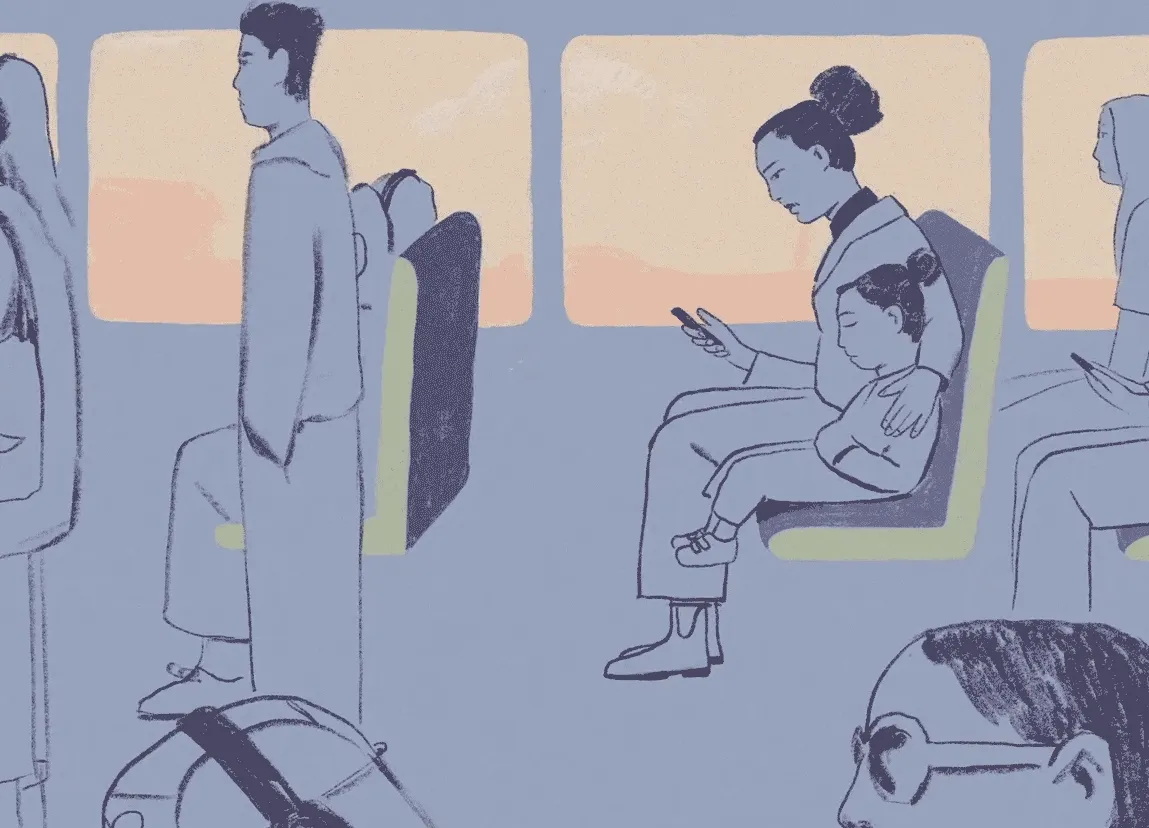We work with institutions, movements and policymakers to help make our world more equal and inclusive.
We work with institutions, movements and policymakers to help make our world more equal and inclusive.
Inequality exists in almost every aspect of our lives: school, work, on the sports field, in hospitals, in the justice system, and more.
This inequality means that women earn on average $263.90 per week less than men, 1 and are four times more likely to be victims of violence. 2 It means that people with disabilities are more likely to live in poverty, and have poor quality or insecure housing. 3 It means that 6 in 10 LGBTQI+ people experience homophobic abuse, and are three times more likely to experience depression. 4 76% of Australians from a non-European background have experienced racial discrimination, and 52% of Aboriginal and Torres Strait Islanders have experienced it in the last 6 months. 5
This inequality has a direct impact on the equal opportunity for all Australians to live safe, happy and healthy lives. While this picture is dire, there is hope. The realities of inequality are more widely understood, and there is real momentum around change. The #metoo and #blacklivesmatter movements have shown the impact that decentralised, people-powered responses can have. Accessibility and inclusivity is becoming more widely and seriously practised in organisations, services and more.
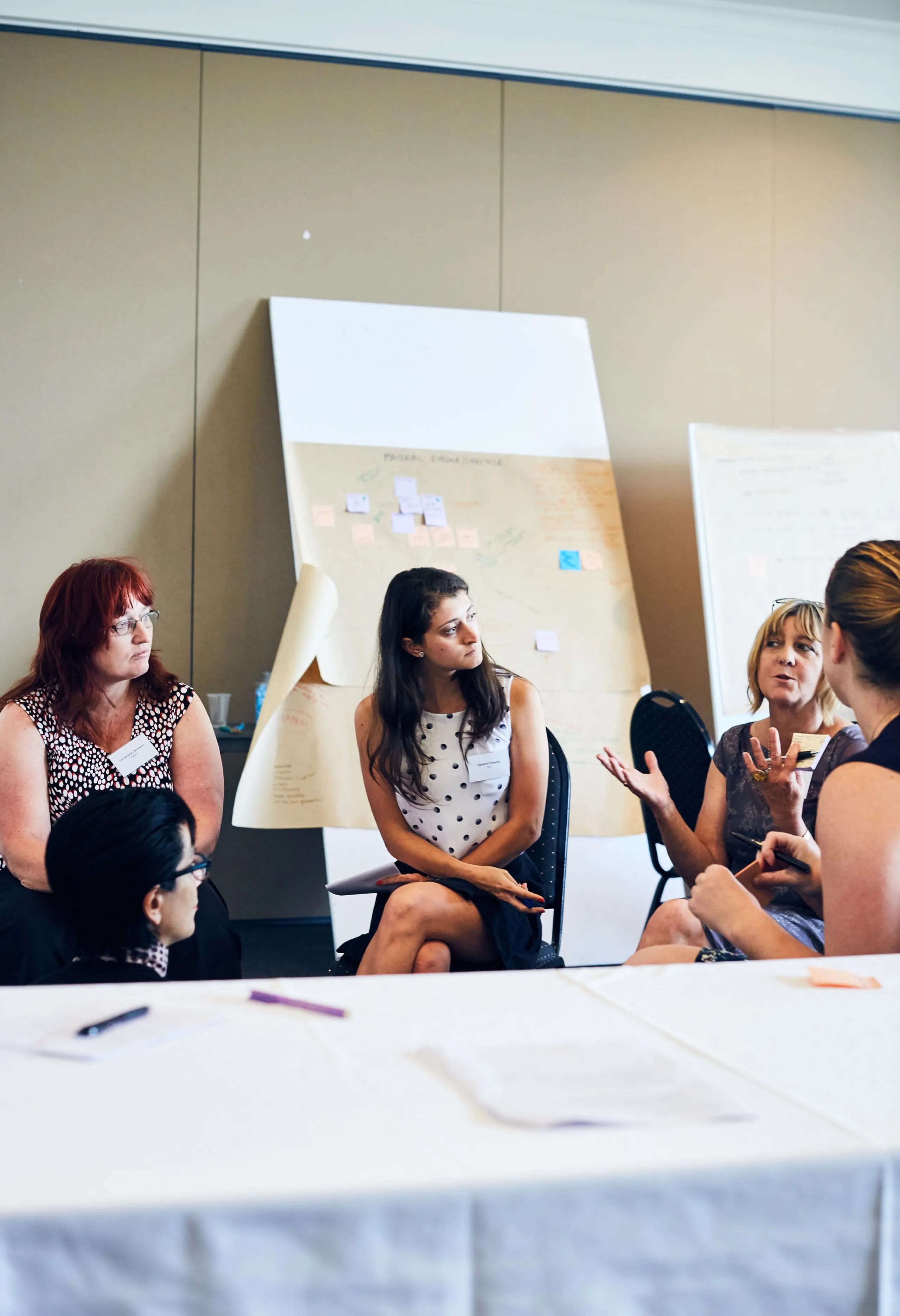
Challenging discrimination and violence
The disproportionate discrimination and violence experienced by people based on their identity, ability or cultural background is a reality that must be faced. However, many Australians still don’t see these as pervasive issues. 6
We need to continue challenging the behaviours, norms and mindsets that allow discrimination to persist.
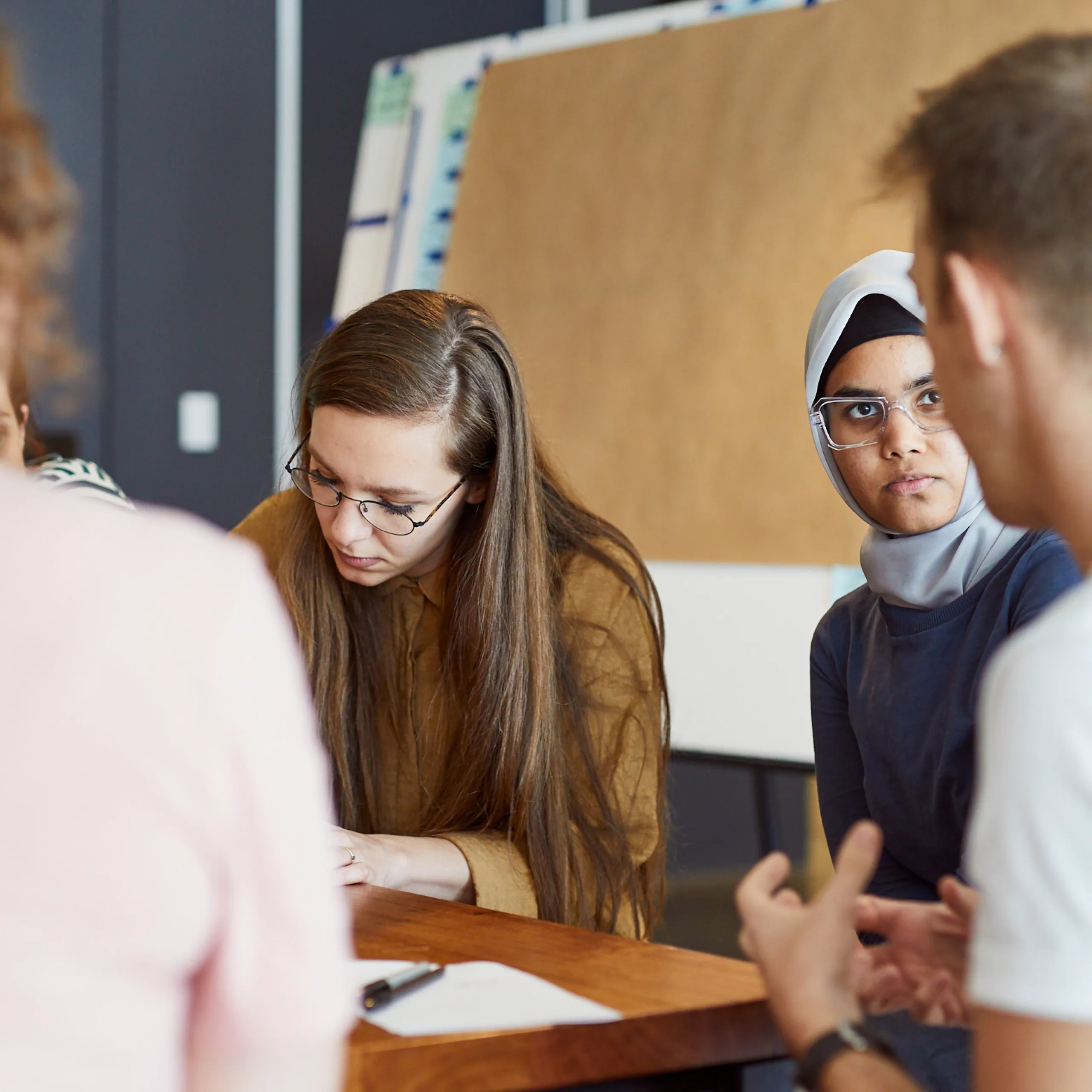
Inclusive organisations and services
For many Australians, the organisations where we work or the services we use are often unequal, unsafe, or difficult to access. The nature of inequality can mean that when we are redesigning organisations and services, we don’t redesign with everyone in mind. Inclusivity can’t be a standalone activity, or something to work on later, but has to be fundamental to any effort taking place to improve or change things.
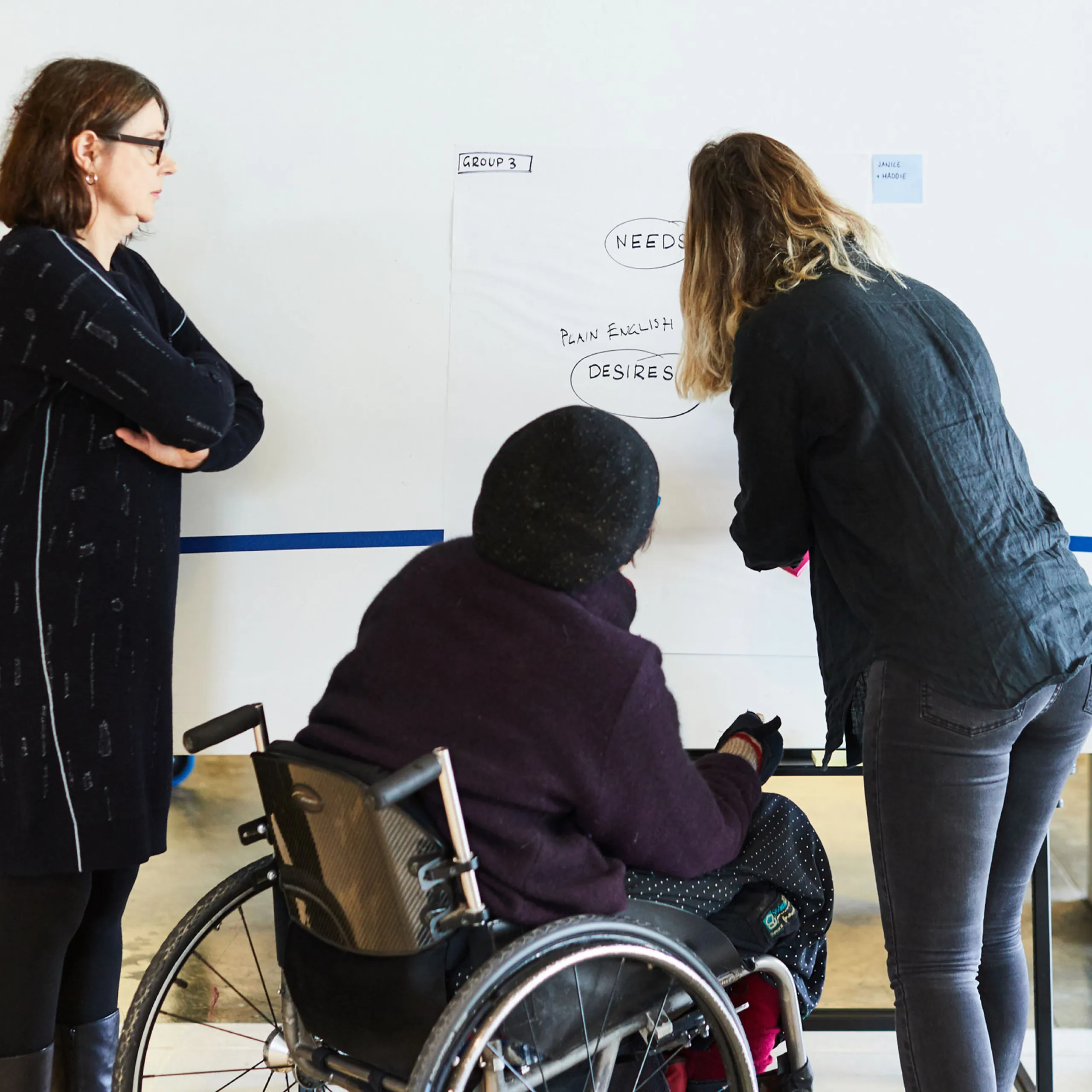
Fairer futures
Finding hope in an unequal world can be hard, but it is a necessary precondition for creating positive, lasting change. While the problems exist today, we need to think in big, ambitious ways about the transformative change that can take place over generations, not just over election or funding cycles.
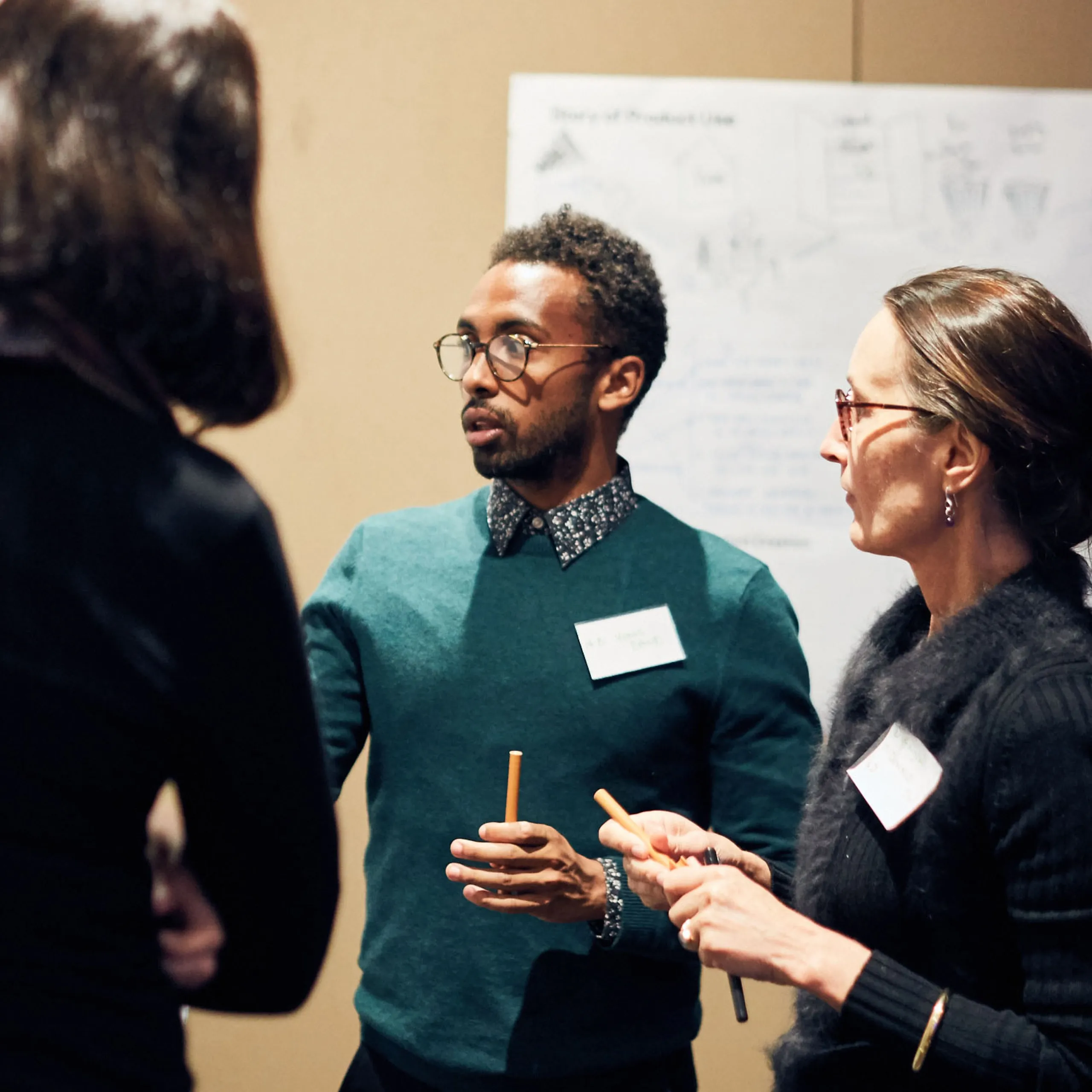
Selected Work

A co-designed strategy for disability inclusion
Co-design

Imagining an equitable and inclusive football future for all genders
Futures

An online brand that champions LGBTQIA+ youth
Websites and apps

Digital transformation for a leader in preventing violence against women and children
Digital transformation

Conversation toolkits to improve workplace gender equality practices
Campaigns and communication
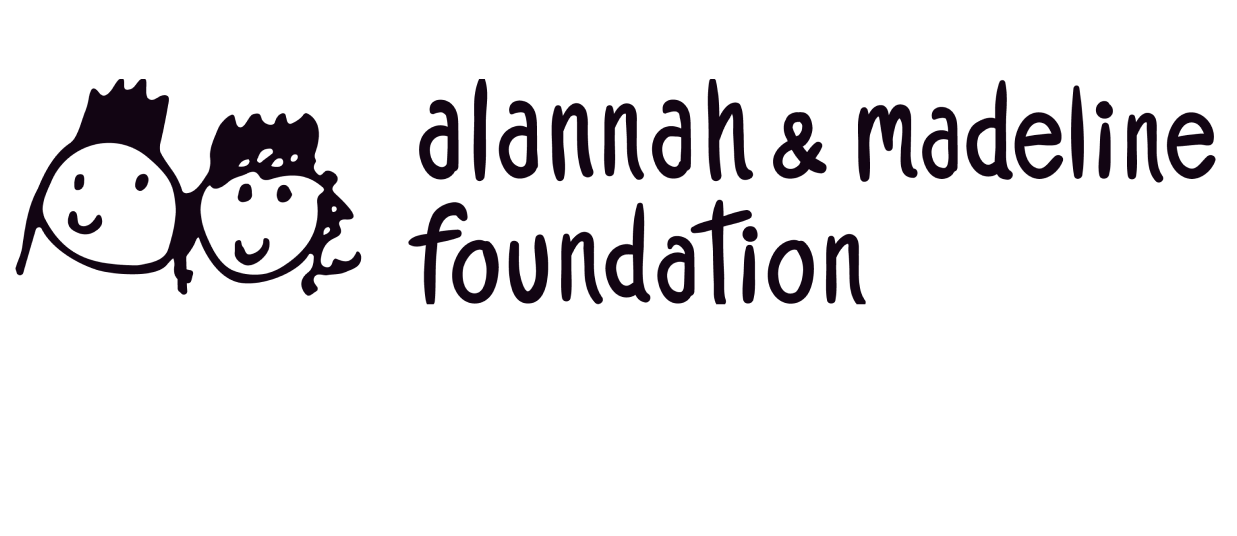
A campaign to show young people better ways to respond to rejection online
Campaigns and communication
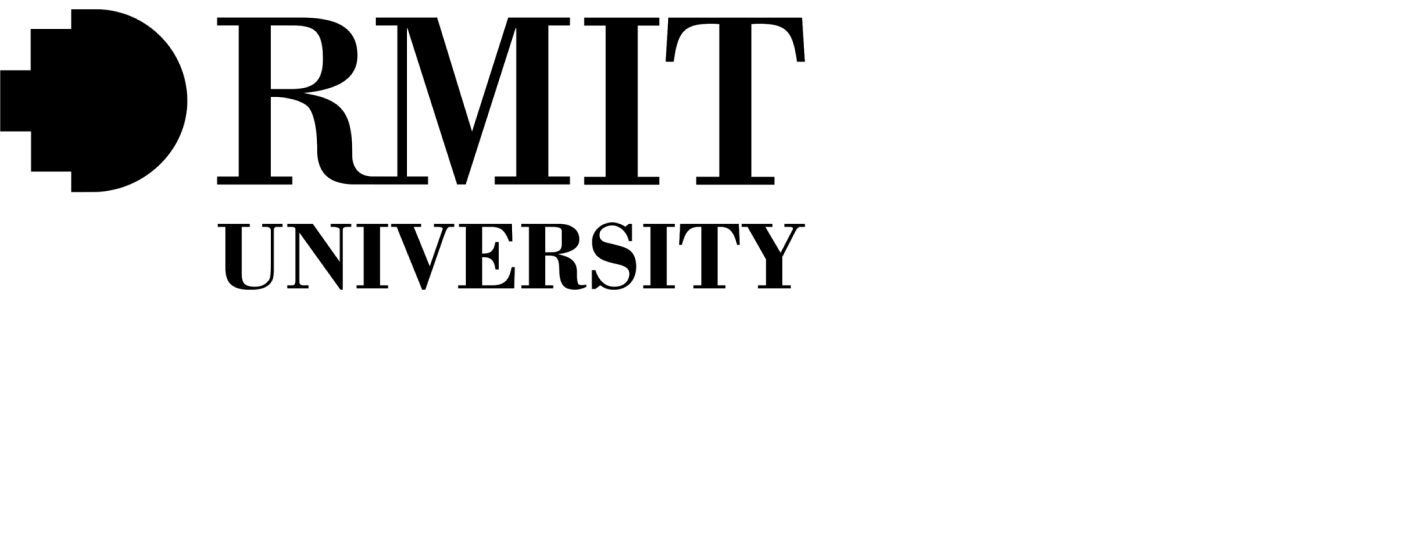
A toolkit to prevent economic abuse
Co-design

Design labs for inclusion
Futures
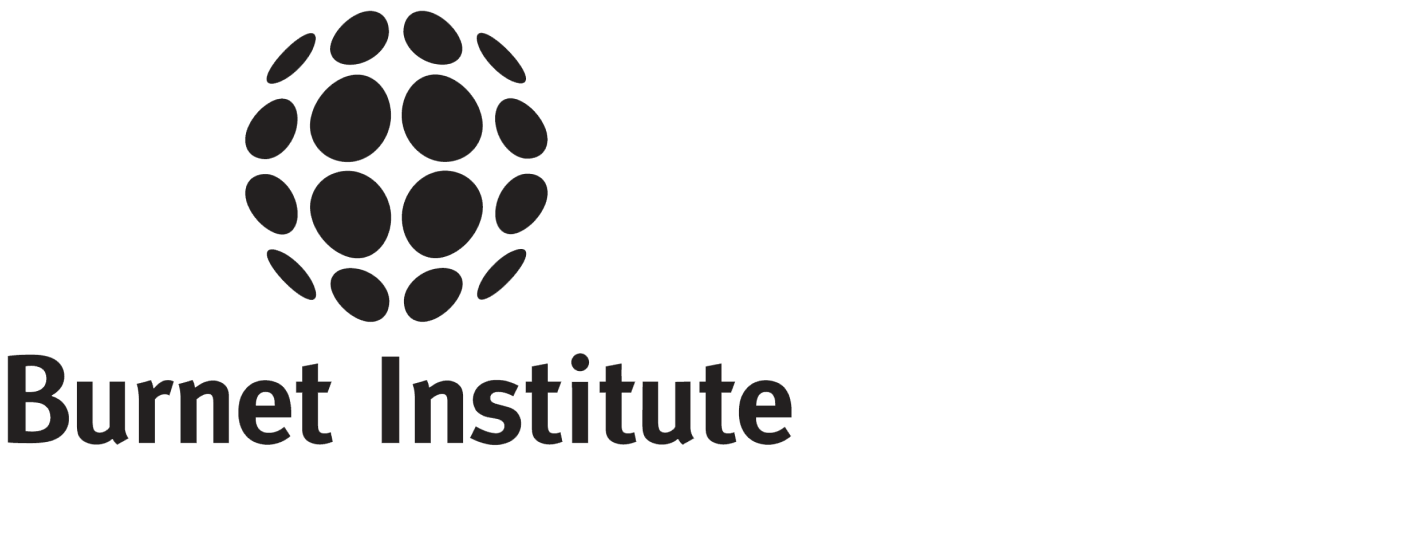
Co-designing COVID-19 communications with multicultural communities
Co-design

Get in touch
Want to know more? Chat with Mark about designing inclusive technology solutions.
Mark Davis
National Partnerships Director
Next Case Study
Magistrate's Court of Victoria:
A new way to access online assistance during family violence
